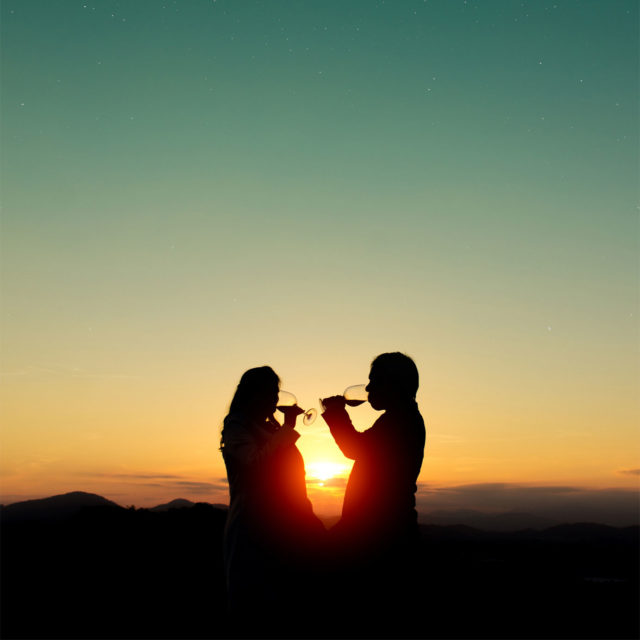Whether you’re a casual drinker considering your first-ever wine vacation, or a seasoned oenophile seeking the next big thrill, there is a wine-soaked destination perfect for you. With nearly 100 wine-producing nations worldwide, however, deciding where to go can be tricky.
VinePair polled industry experts and had many spirited discussions to devise a list of wine trips for all sorts of travelers. Here are the eight best wine vacation destinations worldwide, as determined by budget, experience, and style.
For First Timers: Napa Valley
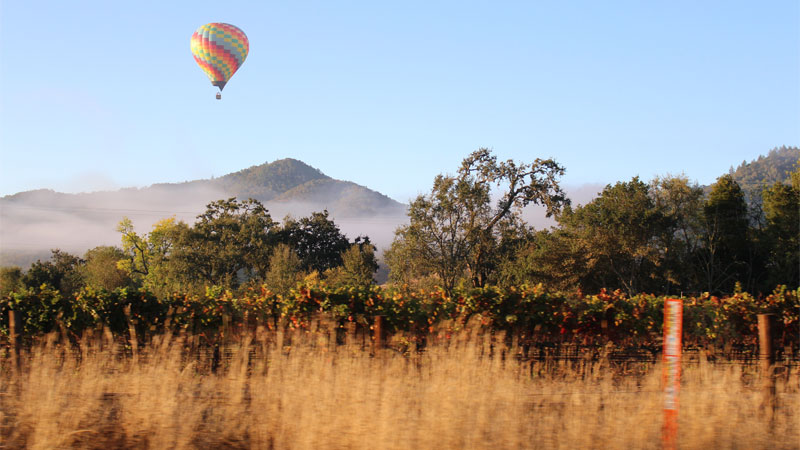
Napa is essential to understanding American wine culture. It’s a barometer against which many domestic regions define themselves or measure their success. In a 1976 blind tasting, the Judgment of Paris, Napa’s wines were deemed as good as and, in some cases, better than France’s most prestigious offerings. It forced the international community to sit up and take notice of American wine. Now Napa is both an oenological powerhouse and tourism hub. Wineries offer tours, tastings, and meal pairings (advance reservations are necessary). The region is also home to global culinary landmarks like The French Laundry, plush hotels from heavyweights Auberge and Meadowood, and an emerging, fun-loving bar scene. Best of all? You don’t need a passport to get there.
For American History Buffs: Virginia
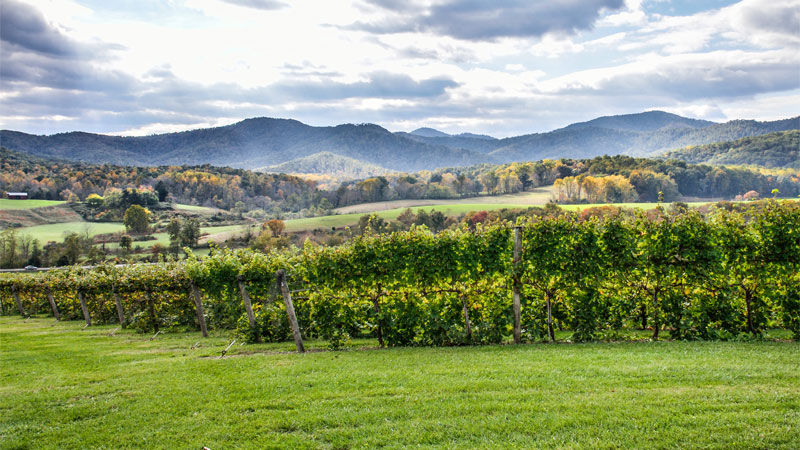
Do you like your wine to contain notes of American history and subtle hints of revolution? Virginia is the destination for you. Charlottesville is home to Monticello, the historic house of Thomas Jefferson, which boasts its own vineyard (naturally) and a wine elevator in the dining room (awesome). If your love of American history knows no fiduciary bounds, the 48-room Keswick Hall and Golf Club in nearby Keswick has 48 guestrooms in a 1912 Italianate mansion. Jefferson Vineyards is a short drive down the road and offers tastings, accommodations, and delightful Viognier. Alternatively, you could head to Madison, Va., to visit Early Mountain Vineyards, and follow it up with a trip to nearby James Madison’s Montpelier, the founding father’s former home.
If You’re on a Budget: Portugal
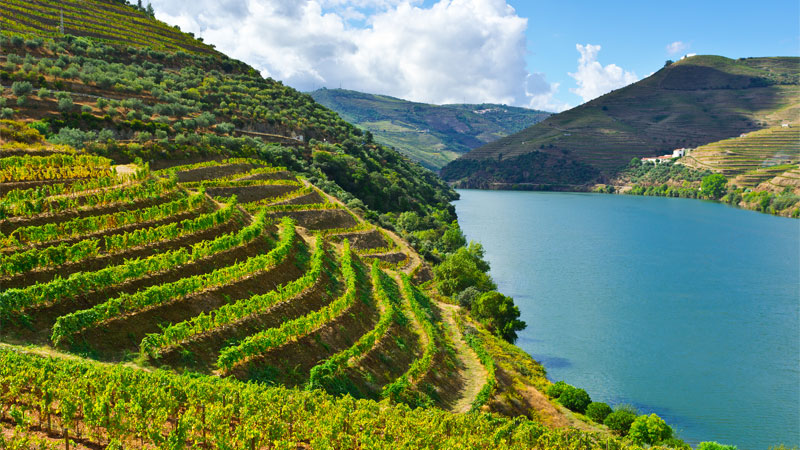
International airfare can be expensive. But with advance planning, and by following some simple steps, you can land yourself well-priced tickets. Compared to many European wine regions, Portugal’s Douro Valley is affordable. The Linha de Douro train means you don’t have to rent a car: It departs downtown Porto and traverses impossibly picturesque wine country, stopping at small towns with wineries along the way (tickets from €13.30). Portuguese winemaking is closely associated with rich, fortified reds, but we prefer its refreshing aperitifs, spritely whites, and accessible alternatives to the world’s top wines. And if you do manage to snag bargain flights and find extra room in your budget, you might consider putting it toward a stay in a giant wine barrel.
For Wine Geeks: Georgia
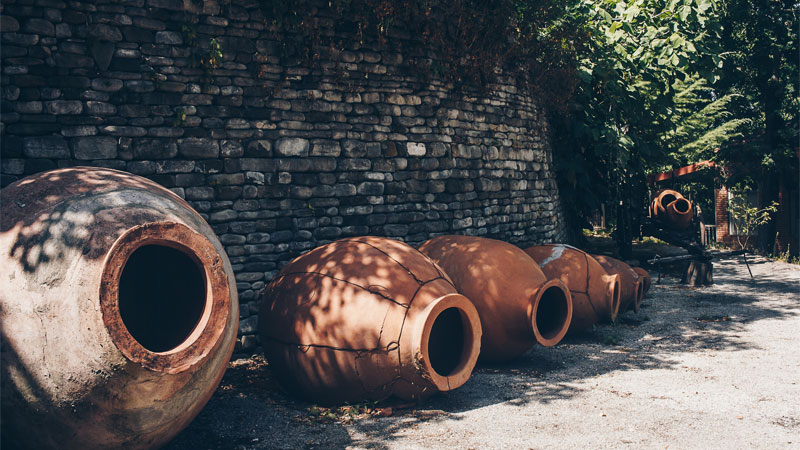
Known as the “cradle of wine,” Georgia’s winemaking heritage traces as far back as 6,000 B.C.E. Indigenous varietals like Rkatsiteli and Mtsvane are making waves in natural wine bars stateside, but it’s the nation’s skin-contact orange wines, made using traditional Qvevri, that will really appeal to wine geeks. The country’s best oenotourism takes place in Kakheti, home to such wineries as the Alaverdi Monastery and biodynamic Ruispiri. No visit to the Caucasus nation is complete without a stay in the capital Tbilisi, though. While you’re there, be sure to eat your weight in khachapuri, the region’s delicious, decadent cheese bread — another ancient delicacy many trend-seeking Americans are embracing.
For High Rollers: Champagne
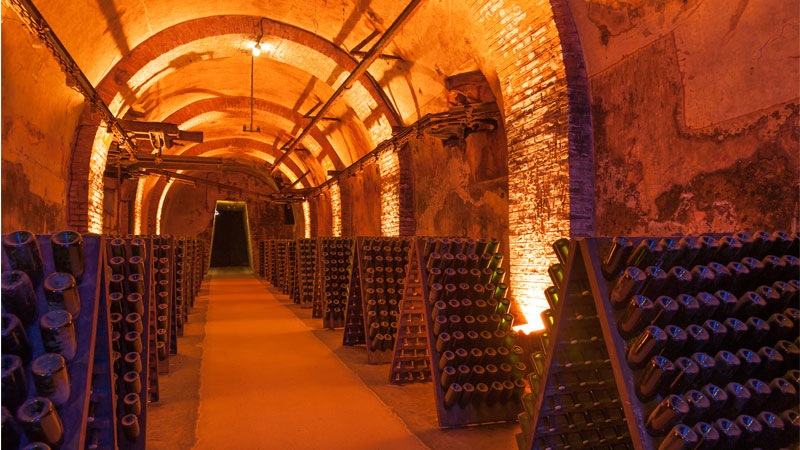
No destination is more deluxe than the region that makes the world’s most luxurious wines: Champagne. Vineyards here are generally owned and operated independently from the major winemaking houses, which means visits to wineries usually don’t involve vineyard exploration; instead, they revolve around cellar tours and tastings (fine by us). Advance planning is vital, as you can’t drop in on most Champagne houses unannounced. Before arriving, you’ll need to make prior appointments and should also organize some form of transportation. Épernay is a good location for base camp. It’s home to a small handful of luxury hotels and many of the region’s best-known houses (Moët & Chandon, Perrier-Jouët, Pol Roger, among others). Alternatively, Paris is less than two hours by train and offers more luxury than any one person could ever imagine.
If You’re All About the Miles: New Zealand
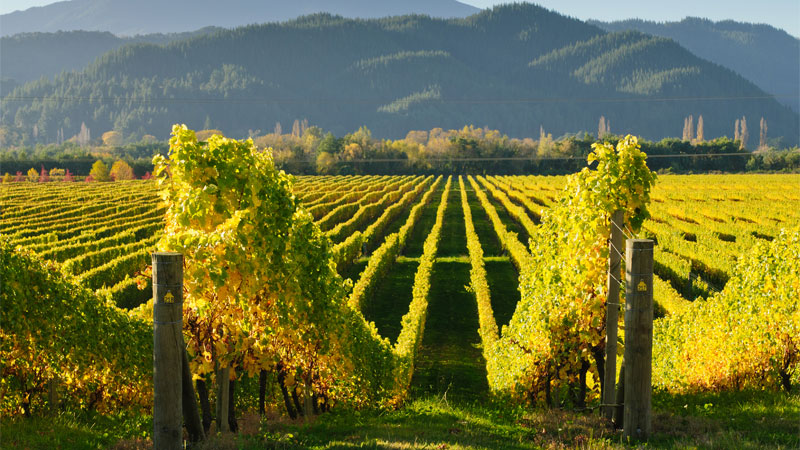
Located at the northern tip of New Zealand’s South Island, Marlborough is the country’s most important wine region and the production hub for its best-known wine export, good ‘ol Savvy B. But, seeing as how the country is roughly the same size as California, and that you may have spent more than 20 hours on a plane getting there, you should definitely explore once you arrive. Hit up Martinborough and Central Otago to check out quality Pinot Noir producers such as Ata Rangi and Chard Farm, and then head to the cooler regions of the South Island for aromatic Riesling, Pinot Gris, and Gewürztraminer.
For Trendsetters: Bolivia
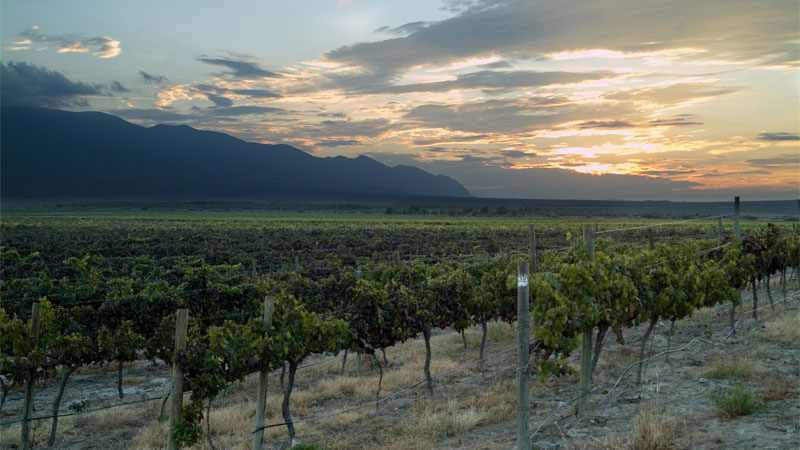
Didn’t know that Bolivia makes wine? Fair enough. The South American nation accounts for just 0.03 percent of the world’s annual production and, at press time, only five wineries export their bottles. That means your best opportunity to try Bolivian wine — which some experts are predicting big things for — is heading to the country itself. Near the southern border with Argentina is the main wine region, Tarija, which is home to the world’s highest-altitude grape growing. Plan to stay in the city of Tarija, which is best accessed via flights from the capital city, La Paz. (The alternative is a 14-hour, white-knuckle bus ride.) While you’re in La Paz, book a table at Gustu, an esteemed restaurant with an entirely Bolivian wine list.
If You Just Want to Drink Rosé: Long Island or Provence
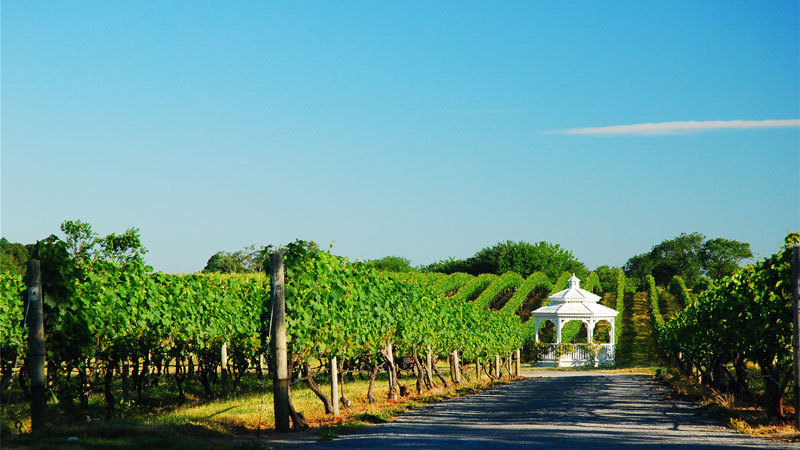
In recent years, rosé has found a spiritual home on New York’s Long Island. Those looking to bottle Hamptons lifestyle refer to pink wine as “summer water,” and shortages of coveted bottles make headlines. Wineries on the North and South Forks of Long Island are increasingly producing rosés — in fact, Croteaux Vineyards, in Southold, exclusively produces Provencal-style rosé. Bridgehampton’s Channing Daughters has a varietal-specific rosé program, and Wölffer Estate, in Sagaponak, produces award-winning rosés and rosé-adjacent offerings, including canned rosé cider and rosé gin.
If you want to visit the actual home of rosé, you’ll need to book a flight to the south of France. Provence produces most of the world’s best pink bottles, including VinePair’s top two favorites of 2018, La Chapelle Gordonne and Jean-Luc Colombo La Dame du Rouet. At any point between April and October, temperatures are ideal for poolside sipping. If you want to avoid the crowds, however, it’s a good idea to steer clear in August.
